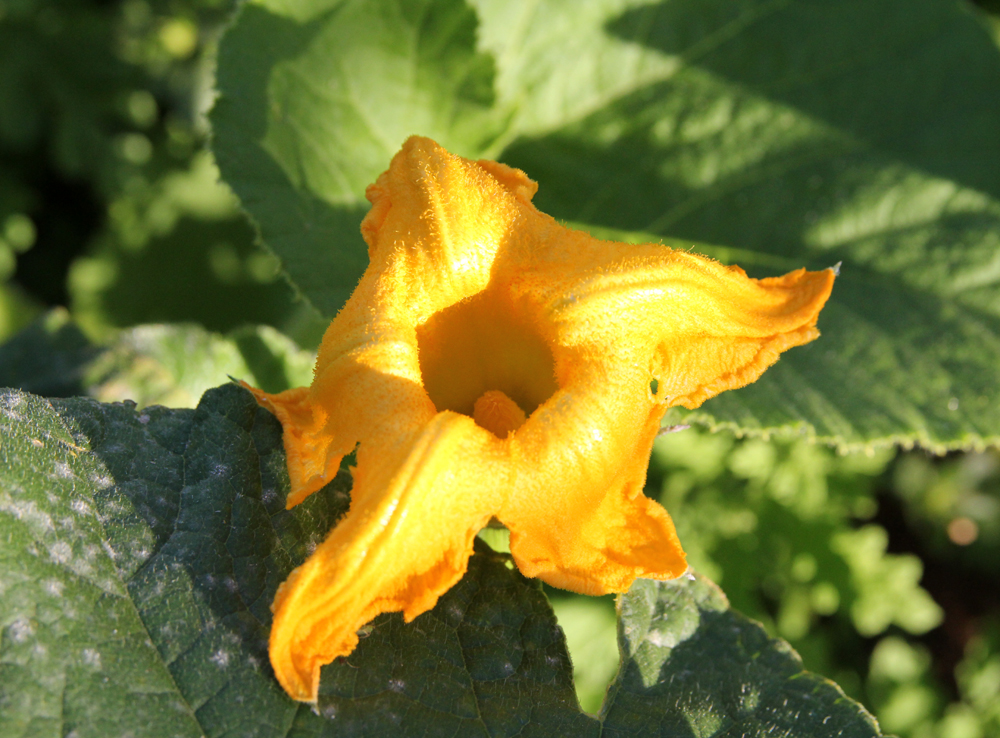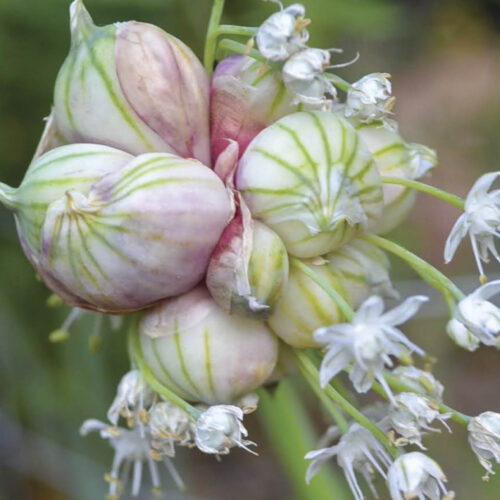Pumpkin Pimping
2012-03-01T11:34:36+11:00
JUSTIN RUSSELL outlines a simple technique to ensure your pumpkin, melon and other cucurbit vines set masses of tasty fruit, even when the bees decide to stay at home.
Having trouble getting fruit to set on your cucurbit vines? If you answered yes, you’re not alone. Poor fruit set affects every pumpkin, melon or cucumber grower at some point, and the problem is especially common during wet summers. The simple fact is that during prolonged periods of cool, rainy weather, bees are much less active than they are during periods of warm, sunny weather. Like people, they’re not keen to get outside and forage for food. They’d rather be inside the hive, where it’s warm and dry.
As a consequence, it is unlikely that pollen from a male cucurbit flower manages to find its way to a female cucurbit flower. For most cucurbit varieties, no pollination means no fruit. Well, in reality a tiny little fruit will form at the base of the female flower, but will quickly begin to rot well before it reaches maturity.
The solution to the problem is actually quite straightforward, and has a kind of zen-like attribute to it that I really like. It’s hand pollination. Instead of relying on bees to transfer pollen from male flower to female flower, the gardener can perform the pollination task manually. Hand pollination is ridiculously easy to achieve and the results are astounding – with a bit of luck, 100% fruit set is a possibility.
First you’ll need to differentiate between male and female flowers. Hardly any surprises here, particularly on pumpkin vines. Males stand up erect above the foliage. Females are more demure. They sit beneath the foliage, and have a swollen ovary at their base. To hand pollinate, it’s necessary to transfer pollen from the male anthers to the female stigma. Some people use a soft paintbrush or cotton bud, but I find that it’s easier to simply pick a male flower, pull off the petals, and dab pollen-laden tip on the female flower. A good name for the process is “pumpkin pimping”.
If you’re planning to save seed from your cucurbit fruits, you’ll need to take some extra precautions to ensure one variety doesn’t cross pollinate with a different variety nearby. Some growers put tape around the ends of male and female flowers the afternoon before they are ready to open. The next morning they remove the tape, hand pollinate the female flowers, then tape the females back up again. Others place a paper bag over female flowers as soon as they’ve been pollinated.
Both methods prevent bees from accessing the female flower and producing all kinds of weird and wonderful hybrids. That is, unless you’re planning to breed your own cucurbit cultivar, in which case the weird and wonderful might be exactly what you’re after. Happy pimping everyone!






